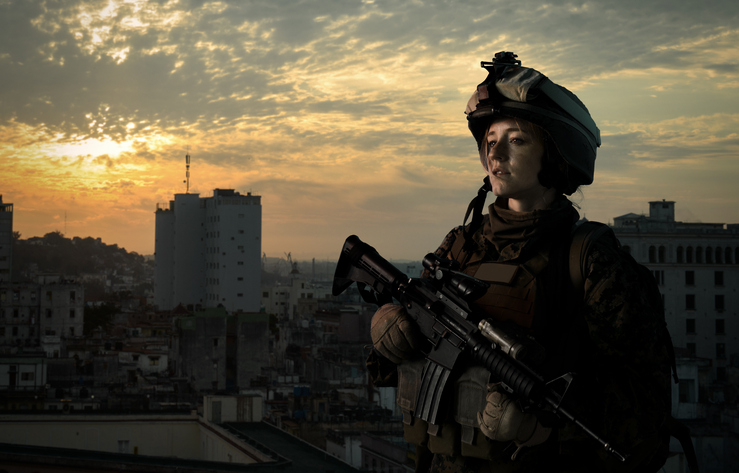Since 2,996 people were murdered in the 9/11 attacks in 2001, Canada has passed a fairly comprehensive set of counter-terrorism laws. The last update was in C-51 in 2015, and a review is underway in Parliament – as the Liberals promised.
How much will they change, and why?
Counter-terrorism almost invariably entails a compromise of some sort between individual rights and collective security.
There is no perfect solution; and perspectives over where that balance point should be will vary widely from person to person, let alone from political party to party.
However, that balance point should not only be determined according to philosophical preference, but also to operational need. This is where the current review might be going all soft and squishy.
Like the Dark Arts in the Harry Potter stories, the terrorist threat is an ever-shifting target. The 9/11 attacks were a spectacular success and al-Qaeda still exists; but “big” terrorist plots are complex and difficult (although not impossible!) to achieve. Our current defence sandwich of electronic-surveillance/investigative-intelligence collection/police-investigation layers has worked well at preventing big-attacks.
A similar model exists throughout the Developed World, which is why al-Qaeda, ISIS, and the rest are now placing a new emphasis on so-called “Lone Wolf” attacks. The use of self-motivated, often autonomous, attackers using improvised weapons like cars and knives has been very difficult to detect ahead of time; and the next set of aspiring attackers are paying careful attention to what works.
The use of self-motivated, often autonomous, attackers using improvised weapons like cars and knives has been very difficult to detect ahead of time; and the next set of aspiring attackers are paying careful attention to what works.
In short, the threat is changing and evolving, growing more flexible, more resilient, and less detectable. However, the Parliamentary Committee reviewing C-51 seems more interested in making our defences less flexible, less resilient, and more open.
We already have oversight of our intelligence agencies and police – they have bosses who answer to ministers, who answer to Parliament and who answer (eventually) to us. CSIS and the Communications Security Establishment also are subjected to special review. If an investigation results in charges, the next test comes from the courts, and Canadian judges are zealous in the protections of the Charter of Rights and Freedoms.
Yet our MPs want US-style ‘Oversight Committees’ so they can get involved in close monitoring of our counter-terrorism activities. This simply means weakening intelligence by letting more politicians know our secrets, rather than keeping them on a need to know basis.
Reviewing the ‘No Fly’ List? Ah…. These aren’t our lists. The Americans and several other nations have their own. (Oh, and the author shares a name with somebody on the US List, which has provided a few awkward moments over the years).
The MPs have also cast a gimlet eye on preventative arrest – an unusual measure allowing temporary detention of a suspected terrorist without charging them. Given the surging threat of “Lone Wolves,” dispensing with this power seems especially short-sighted.
The Parliamentary Review of C-51 looks to be getting good marks for partisanship, and lousy ones for practicality.
John Thompson is a researcher, writer and commentator on defence and security issues at www.thinktankofone.com
Pursuit.ca


